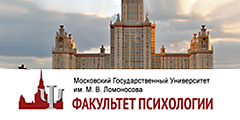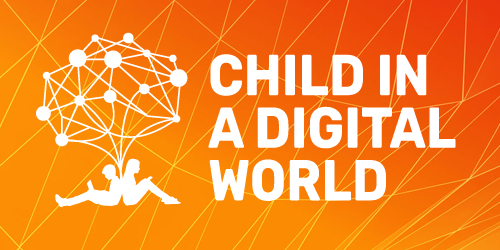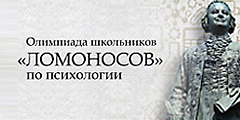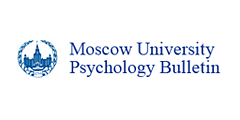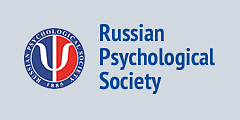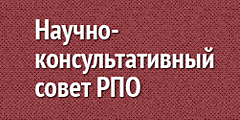Psychology in Russia: State of the Art, Moscow: Russian Psychological Society, Lomonosov Moscow State University, 2021, 4
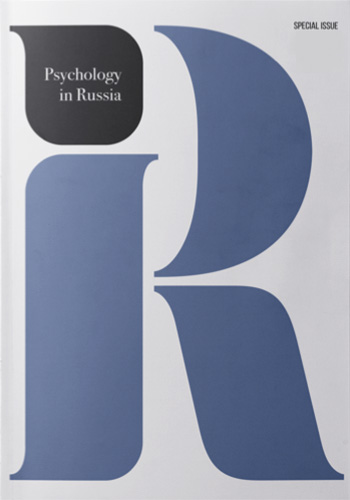
Volume 14 (04)
Yulia Solovieva (Mexico)
Athanasios Koutsoklenis (Greece)
-
Elaboration of Neuropsychological Evaluation of Children: Structural Analysis of Test Results
-
Learning Disabilities in Primary School. How to Diagnose and Remediate the Difficulties with a Team Approach: The First Results
-
Neuropsychological Assessment of Difficulties in Reading Spanish: A Cultural-Historical Approach
-
Executive Functions’ Impact on Vocabulary and Verbal Fluency among Mono- and Bilingual Preschool-Aged ChildrenPDF HTML5361“ CITE
Kovyazina, M., Oschepkova, E., Airapetyan, Z., Ivanova, M., Dedyukina, M., Gavrilova, M. (2021). Executive Functions’ Impact on Vocabulary and Verbal Fluency among Mono- and Bilingual Preschool-Aged Children. Psychology in Russia: State of the Art, 14(4), 65-77. DOI: 10.11621/pir.2021.0405
copied
-
Better Language – Faster Helper: The Relation Between Spontaneous Instrumental Helping Action and Language Ability in Family-Reared and Institutionalized ToddlersPDF HTML4014“ CITE
Kochukhova, O., Dyagileva, Yu., Mikhailova, A., Orekhova, L., Makhin, S., Pavlenko, V. (2021). Better Language – Faster Helper: The Relation Between Spontaneous Instrumental Helping Action and Language Ability in Family-Reared and Institutionalized Toddlers. Psychology in Russia: State of the Art, 14(4), 78–93. DOI: 10.11621/pir.2021.0406
copied
-
Cross-cultural Analysis of Models of the Relationship between the Cognitive Abilities and Academic Achievement in Primary School EducationPDF HTML4413“ CITE
Tikhomirova, T., Malykh, A., Lysenkova, I., Malykh, S. (2021). Cross-cultural Analysis of Models of the Relationship between the Cognitive Abilities and Academic Achievement in Primary School Education. Psychology in Russia: State of the Art, 14(4), 94-110. DOI: 10.11621/pir.2021.0407
copied
-
The “Moon Test”: A Step Towards Evaluating Comprehension of Educational Text through Model Mediation
-
A Picture of Trait Anxiety and Aggressiveness among Adolescents from Different Types of Educational Institutions
-
Two Generations of Mother-Child Relationships: A Self-determination Theory Analysis of the Social Situation of Development



